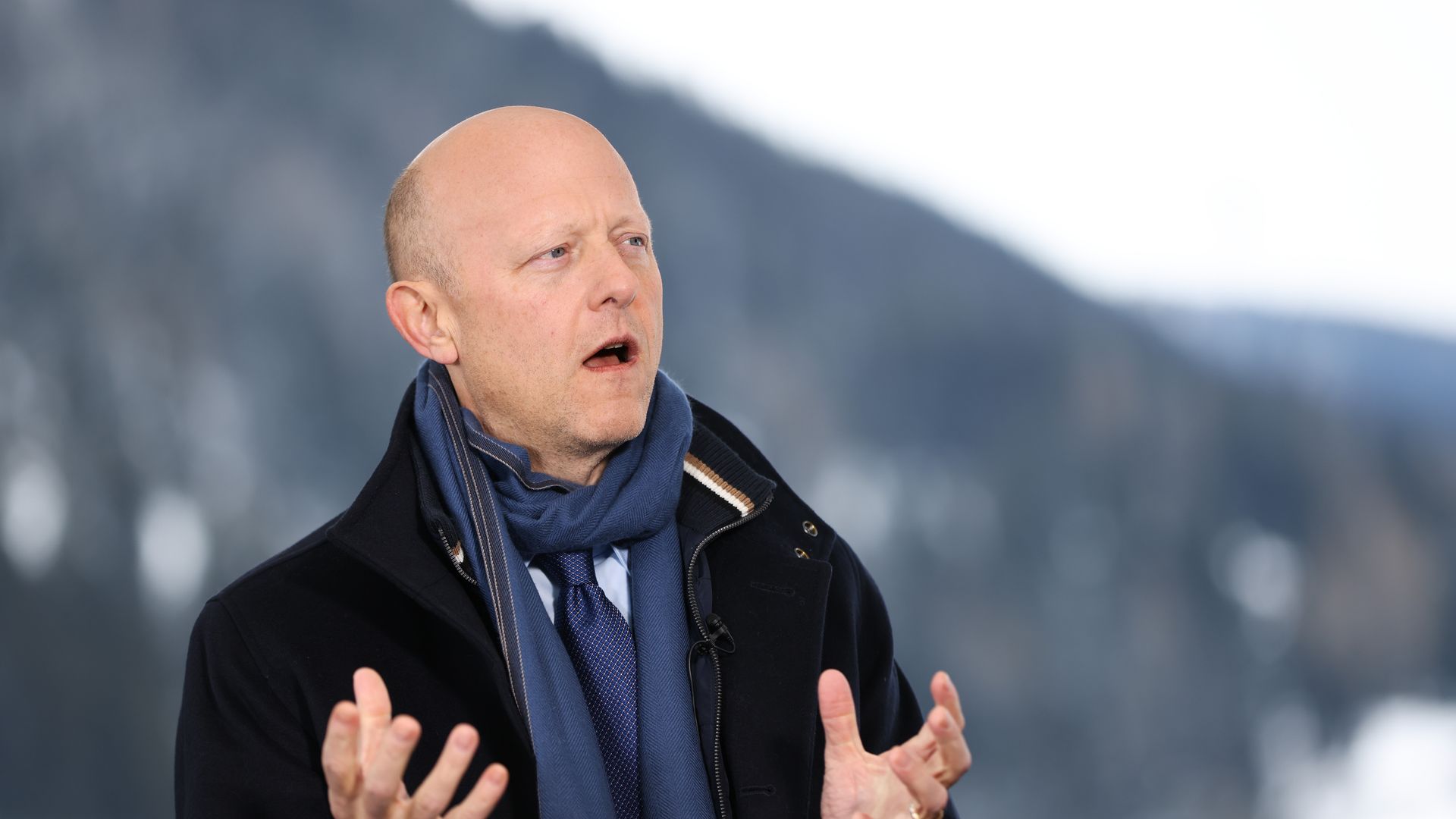Circle scrambles amid SVB fallout as USDC loses 1:1 peg
USDC #USDC


Jeremy Allaire, chief executive of Circle Internet Financial Inc., during the World Economic Forum (WEF) in Davos, Switzerland, on 2023. Photo: Hollie Adams/Getty.
Circle’s usd coin (USDC), the second-largest stablecoin in the world, fell below its $1 peg, as markets grappled with the fallout from Silicon Valley Bank’s failure.
Why it matters: Uncertainty in the U.S. banking system is creating fears for users of the $40 billion stablecoin, because a portion of its cash reserves were held at SVB, which the U.S. government took control of on Friday.
USDC’s struggles suggest more financial turmoil is in store, as markets fully digest the collapse of SVB. The stablecoin first surrendered the 1:1 watermark late Friday, according to CoinMarketCap, and struggled to retake it on Saturday.
Zoom Out: The stablecoin’s value proposition is that it is 100% backed by U.S. dollars or short-term U.S. treasuries, such that the tokens are always redeemable 1:1 for actual dollars in a traditional bank account. As such, it generally maintains a price of almost exactly $1, even in the hectic cryptocurrency markets.
What they’re saying: In an update for users Saturday afternoon, Circle said that “While USDC can be used 24/7/365 on chain, issuance and redemption is constrained by the working hours of the U.S. banking system.
However, users seem unwilling to wait to shed USDC’s counterparty risk. Tether is currently trading at $1.01, suggesting that many USDC holders are opting for the original, global stablecoin in this moment of uncertainty in the U.S.
In the weeds: Around $32.4 billion of the assets backing USDC are held in short-term U.S. treasuries, while $9.7 billion is held at six different depository institutions. One of those is SVB, which was seized by the Federal Deposit Insurance Corporation (FDIC) on Friday.
Bottomline: According to Circle, if the FDIC is not able to recover 100% of USDC’s reserves held at the bank — or if it can’t access them swiftly enough — it will pay for the difference out of company funds, or by raising money from investors to do so.